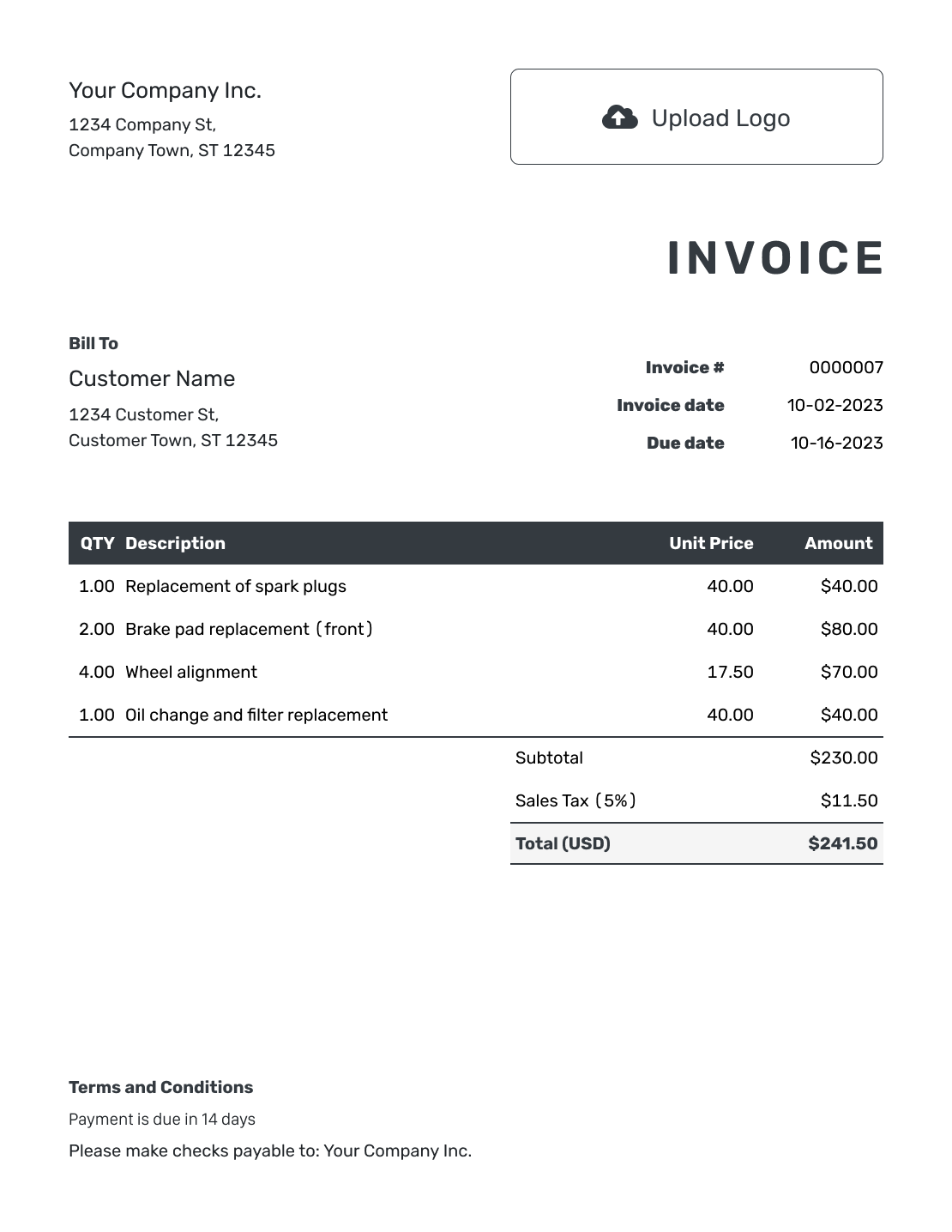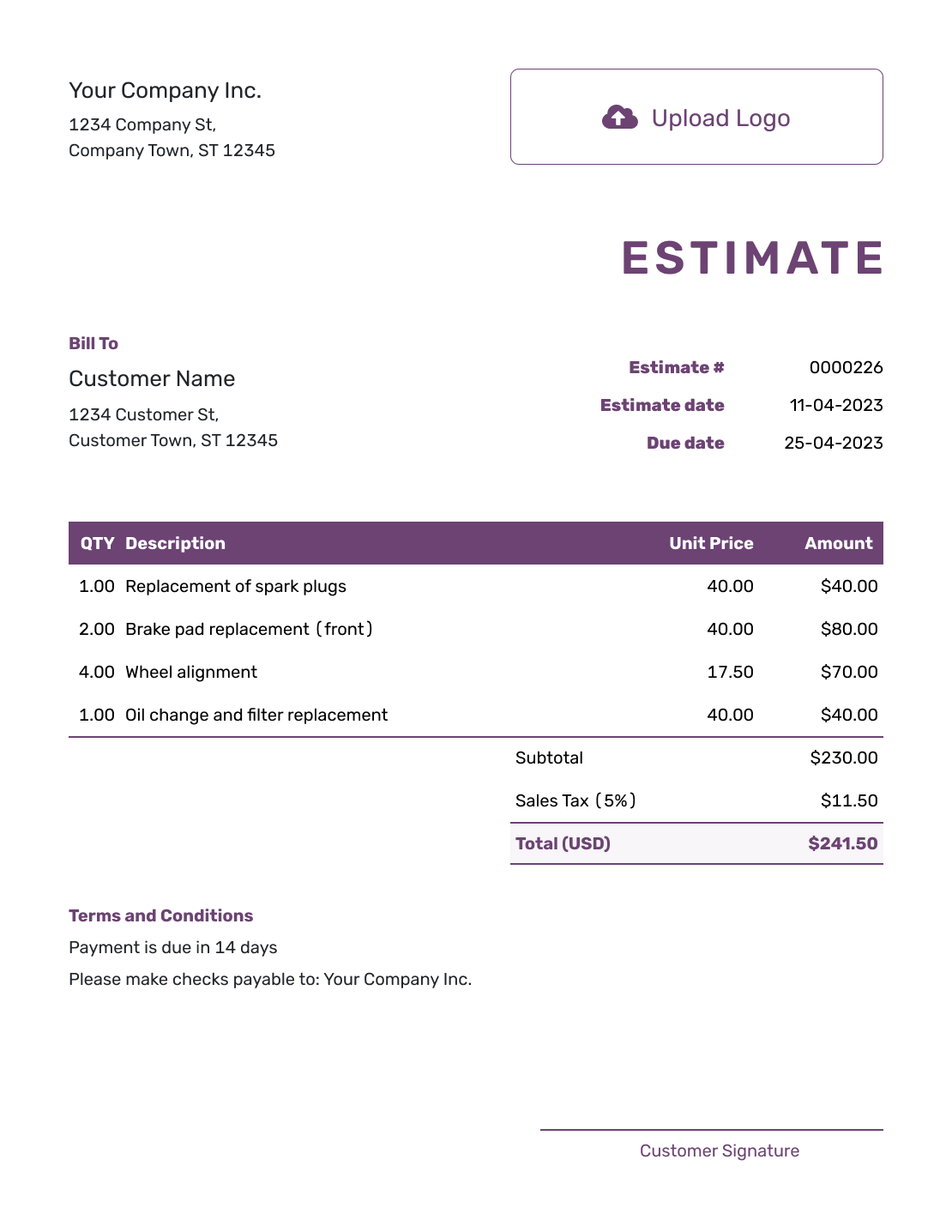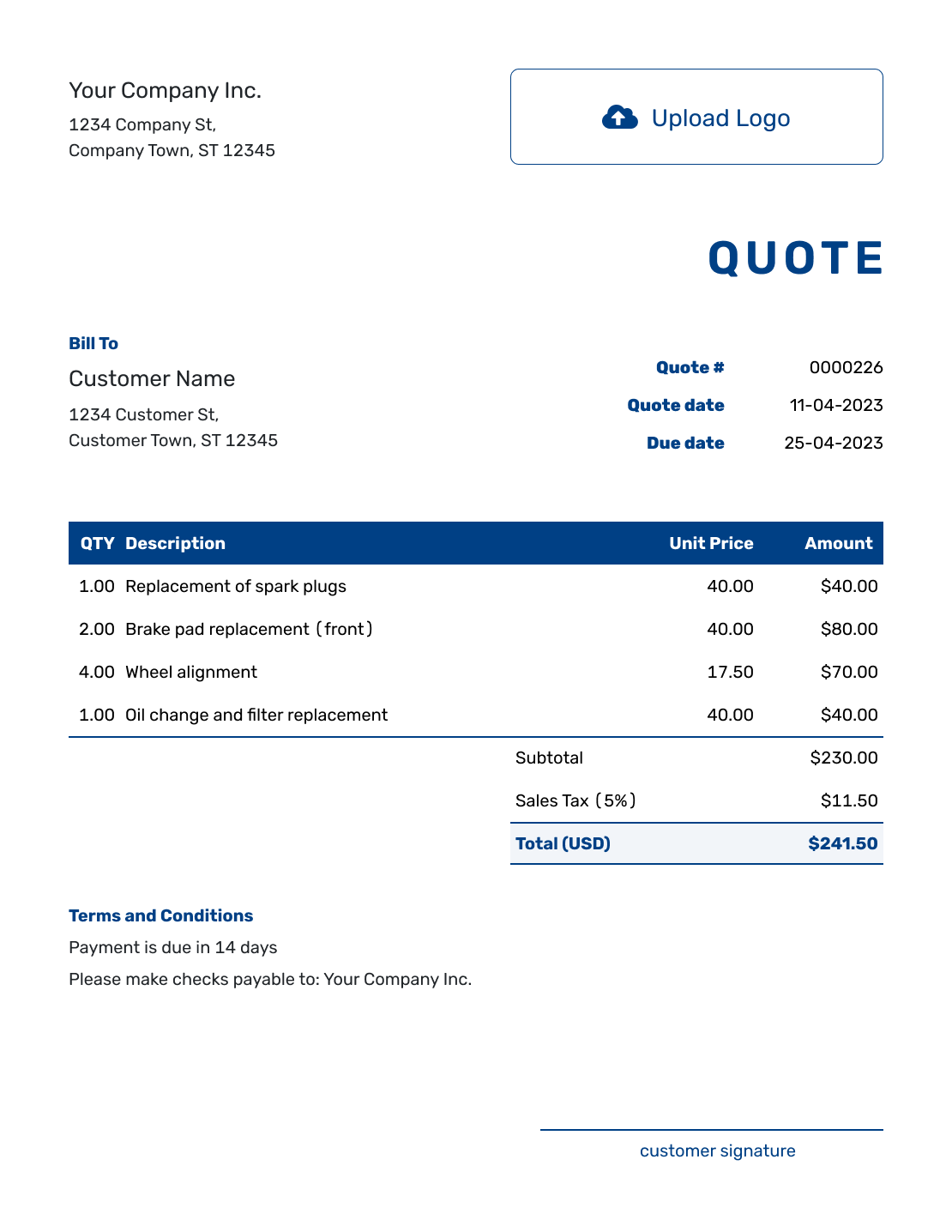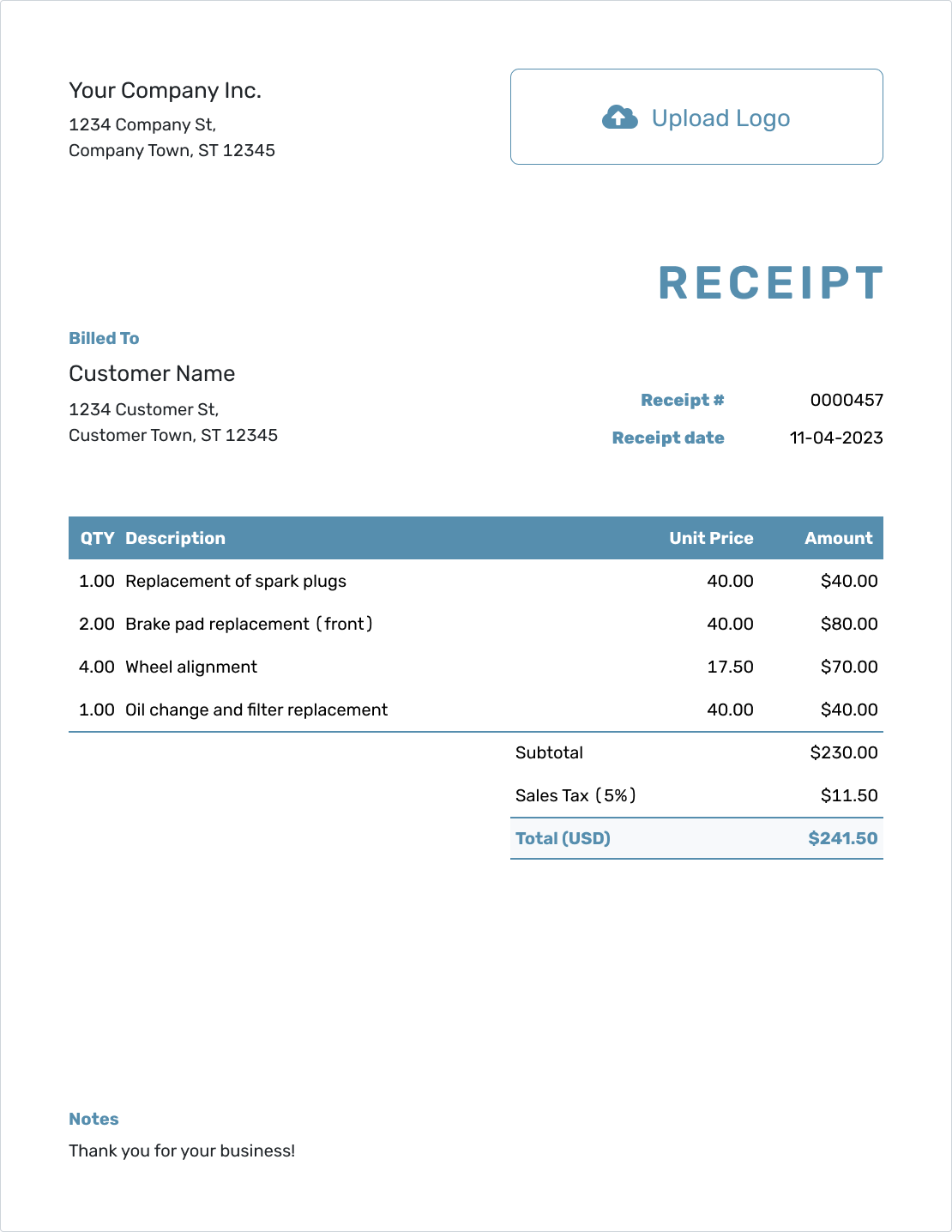Understanding
Double-Entry Accounting
Est. reading time: 6 min

Double-entry accounting might sound like a complicated term, but it's really a simple system that ensures every transaction is recorded correctly. Think of it as giving balance to your books. Every time money goes out or comes in, two accounts are affected. For example, if you spend money on equipment, your cash account decreases, but your equipment account increases. This balance helps you see the full picture of your business finances.
What Is Double-Entry Accounting?
Double-entry accounting is a system where every transaction has two entries: a debit in one account and a credit in another. This method ensures that your books always stay balanced, meaning the total of your debits always equals the total of your credits.
For example, if you sell a product, you would record a credit to your sales account and a debit to your cash or accounts receivable account. This system is the foundation of modern accounting and is used by businesses of all sizes.
Why Does It Matter?
Double-entry accounting is essential because it helps businesses:
- Stay Accurate: It reduces errors by ensuring that every transaction is recorded in two places.
- See the Full Picture: It provides a complete view of how money flows in and out of the business.
- Prepare Financial Statements: It is necessary for creating accurate reports like balance sheets and income statements.
How Does It Work?
The key to double-entry accounting is understanding debits and credits. Here's a simple breakdown:
- Debit: Increases assets or expenses and decreases liabilities or income.
- Credit: Increases liabilities or income and decreases assets or expenses.
Each transaction affects two accounts. For example:
| Assets = | Liabilities + Owner's Equity |
Examples of Double-Entry
Let's look at a practical example:
Imagine you buy $500 of office supplies using cash. The two accounts affected are:
- Office Supplies: Increase by $500 (debit).
- Cash: Decrease by $500 (credit).
The result is a balanced transaction where your books remain accurate.
The Docelf Advantage
Double-entry accounting might feel overwhelming at first, but it is a powerful tool for managing your finances. At Docelf, we make it easy for small businesses to keep track of their transactions with simple tools that help you organize and present your finances professionally.
- Stay Organized: Record transactions and manage invoices with ease.
- Look Professional: Create branded invoices and quotes that reflect your business.
Ready to simplify your business operations? Try Docelf for free today!




